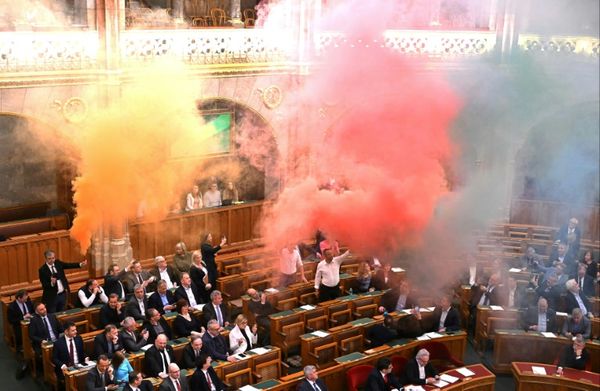
The Personal Consumption Expenditure (PCE) price index, the Federal Reserve’s preferred measure of inflation, rose 4.4% year over year in April 2023, up from the 4.2% surge in March and above the expected 4.3% rise, the U.S. Bureau of Economic Analysis reported Friday.
This data point suggests that inflation is showing symptoms of stickiness, boosting projections of further Fed increases and supporting the FOMC’s indications that borrowing rates will have to remain high for longer.

Simultaneously, the BEA reported that personal expenditures increased at a 0.8% monthly rate in April, up from a flat reading in March and well above the 0.3% predicted.
Personal income climbed by 0.4% month-on-month in April, matching the predicted 0.4% growth and accelerating from the 0.3% increase in March.
“Inflation has peaked and is moderating, but it remains much too high,” said Mark Zandi, Moody’s Analytics chief economist, in an email to CNN. “It is encouraging that the cost of housing services is moderating, reflecting weaker rents; but health care inflation is picking up, reflecting a tight health care labor market and quickly rising labor costs.”
Key Takeaways From The April PCE Price Index
- The U.S. PCE price index increased by 4.4% year-on-year in April, rising from the 4.2% increase the previous month. The print was above the expected 4.3%.
- Prices for goods climbed by 2.1% (compared to 1.6% in March) while prices for services increased by 5.5% (compared to 5.7%). Food costs rose by 6.9% (vs. 9.7%) while energy prices grew by 6.3% (vs. 5.5%).
- On a monthly basis, PCE inflation surged 0.4%, accelerating from the 0.1% rise in March and topping the expected 0.3% increase.
- The Core PCE price index, which excludes food and energy, rose by 4.7% annually in April, above the expected 4.6% increase.
- Core PCE inflation advanced at 0.4% monthly pace, 0.1% higher than expected.

Traders raised their expectations for an interest rate hike in June, now assigning a 46% market-implied probability of a 25-basis-point rise, up from the 42% chance priced prior to the PCE print. A hike by the end of the July meeting is priced in at a nearly 70% probability.
“We face uncertainty about the lagged effects of our tightening so far, and about the extent of credit tightening from recent banking stresses,” said Fed Chair Jerome Powell in a panel in Washington.
The U.S. dollar index (DXY), which is tracked by Invesco DB USD Index Bullish Fund ETF (ARCA: UUP), moved up by 0.25%. The policy-sensitive two-year Treasury yield increased by 10 basis points from 4.5% to 4.6%.
Futures on the S&P 500 index, which is tracked by the SPDR S&P 500 ETF Trust (ARCA: SPY), erased session gains and traded flat for the day.
Produced in association with Benzinga.
Edited by A.J. Cooke and Alberto Arellano







